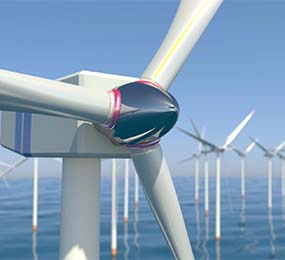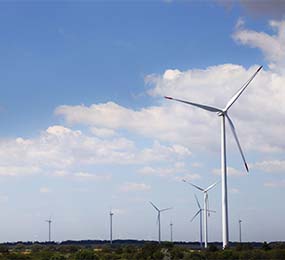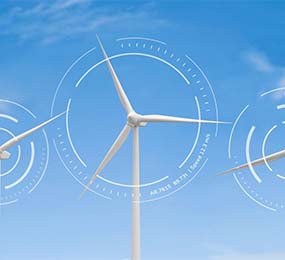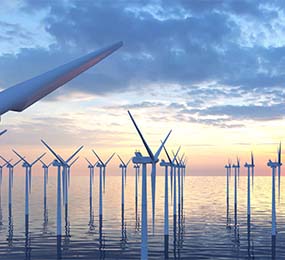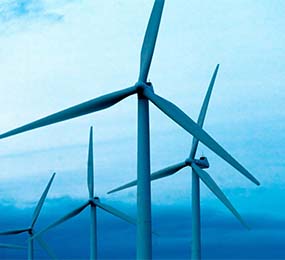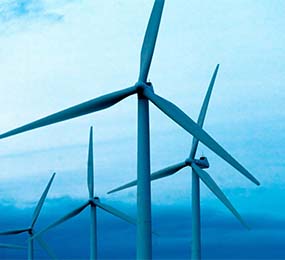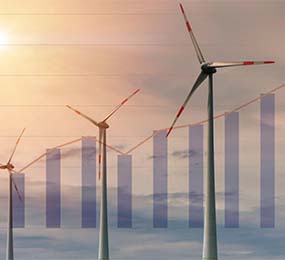The growing global wind energy sector necessitates a robust framework for managing wind turbine blades at the end of their operational life. This article outlines best practices for achieving sustainable and environmentally responsible end-of-life solutions.
1. Advance Planning and Design:
- Early Lifecycle Considerations: Incorporate end-of-life considerations into the initial design and manufacturing stages of wind blades. This includes selecting materials that are more easily recyclable and designing blades for easier disassembly and repair.
- Decommissioning Plans: Develop comprehensive decommissioning plans for each wind farm, including logistics, waste management, and environmental impact assessments.
2. Recycling and Repurposing:
- Maximize Material Recovery: Explore and implement innovative recycling technologies, such as mechanical recycling, chemical recycling, and pyrolysis, to recover valuable materials like fiberglass, resin, and metals.
- Repurposing and Downcycling: Investigate opportunities to repurpose or downcycle blade materials into other products, such as construction materials, acoustic panels, and even new wind blades.
- Develop Markets for Recycled Materials: Create and expand markets for recycled blade materials to incentivize recycling efforts and increase economic viability.
3. Sustainable Disposal:
- Minimize Landfilling: Prioritize recycling and repurposing options to minimize the need for landfilling.
- Safe and Responsible Disposal: When landfilling is unavoidable, ensure safe and environmentally sound disposal practices, including proper containment and monitoring to prevent environmental contamination.
- Explore Alternative Disposal Methods: Investigate alternative disposal methods, such as deep sea burial or controlled incineration, in accordance with environmental regulations.
4. Collaboration and Innovation:
- Industry Collaboration: Foster collaboration among manufacturers, recyclers, policymakers, and researchers to develop and implement effective end-of-life solutions.
- Research and Development: Invest in research and development of new materials, technologies, and recycling processes to improve the sustainability of wind blade manufacturing and disposal.
- Public-Private Partnerships: Encourage public-private partnerships to support the development of recycling infrastructure and incentivize sustainable end-of-life management practices.
5. Transparency and Accountability:
- Life Cycle Assessments: Conduct comprehensive life cycle assessments to evaluate the environmental impact of wind blades throughout their entire lifecycle, from manufacturing to disposal.
- Transparency and Reporting: Promote transparency and reporting on the environmental and social performance of wind energy projects, including end-of-life management practices.
By implementing these best practices, the wind energy industry can minimize the environmental impact of wind blade disposal, maximize resource recovery, and ensure a sustainable future for this vital renewable energy source.
Register today and join us: https://bit.ly/41bhxer.
For more information and group participation, contact us: [email protected]


